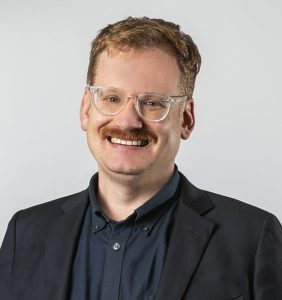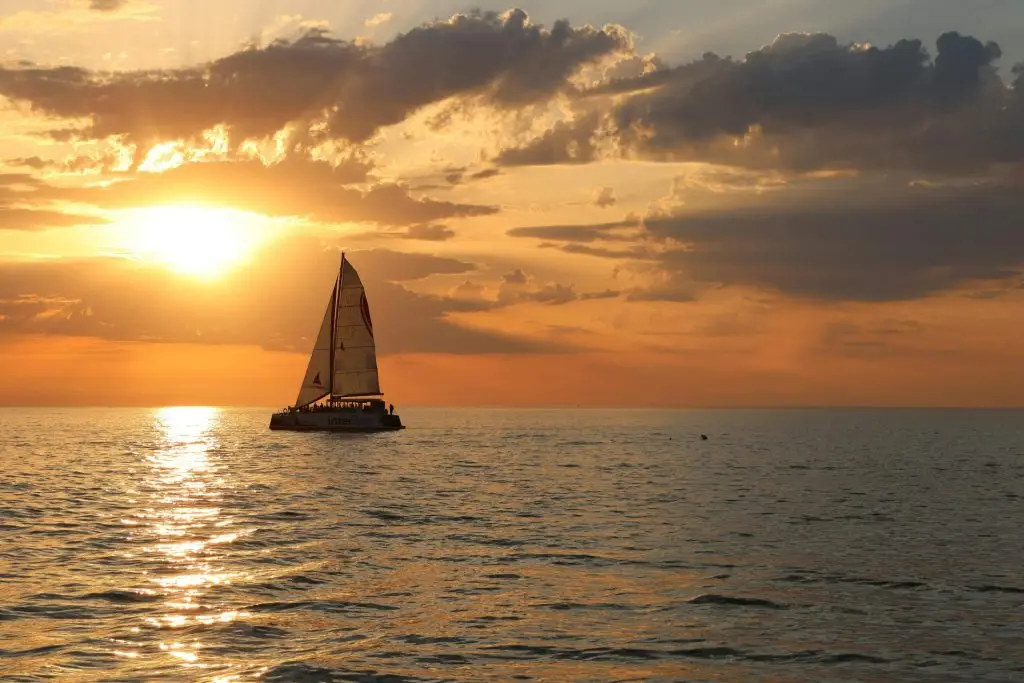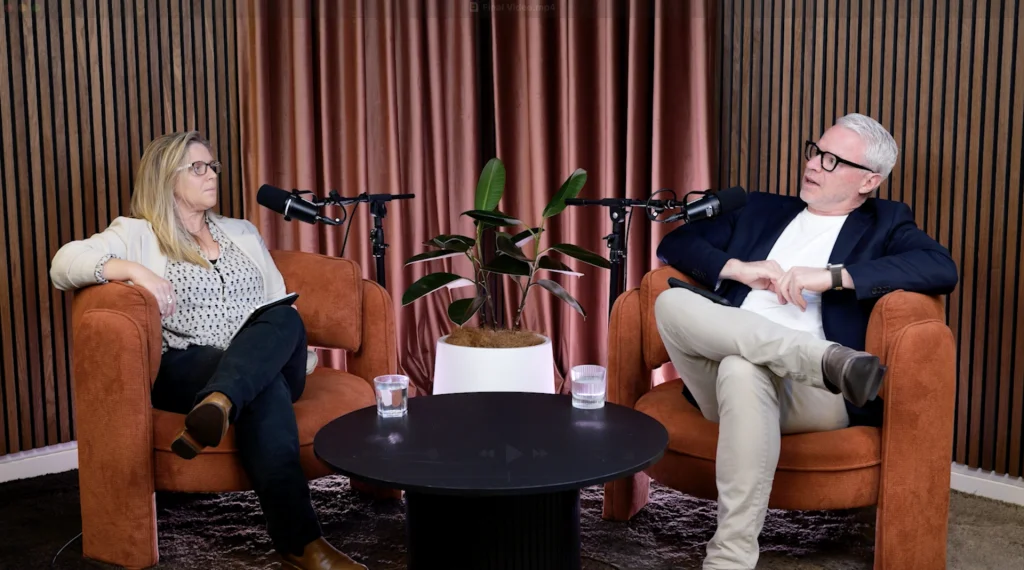I scoop up a handful of dark, pitch-coloured wood chips – about the size of a two-pound coin and surprisingly cool to the touch, considering they’ve just emerged from a superheated metal tube.
This is biochar – a carbon-rich substance similar to charcoal, produced by heating wood and other biomass at high temperatures in a low-oxygen environment, a process known as pyrolysis.
And it’s the reason why I was standing, white hard hat pinching my forehead in a massive open-walled production facility in the Chiquitos, the dry forest of northeastern Bolivia that borders the Amazon.
I’ve nursed a certain jealousy for sustainability reporters like Simon Mundy, who get to file dispatches from the extreme and remote biomes. And well, last week, I got to have a taste.
A popular way to describe sustainability is through the concept of the “circular economy,” where waste from one process becomes the input for another, extending the lifecycle of materials and minimising environmental harm.
In this spirit, I’ve divided my day into six steps, which together form what I like to call The Biochar Cycle.
Step 1: The lumber
Our guides were Marcelo Pereira Holters, co-founder of Exomad Green, and Daniel Gutierrez. Daniel picked us up at our hotel, a dozen rooms placed around two overlapping courtyards, each filled with a combination of hammocks, pools, hand-carved furniture, and so many potted plants.
We sped past the town square, boxed in by the Cathedral, finished in 1756. The cathedral, along with four others in the region, is a UNESCO World Heritage Site, as it marries Spanish colonial design and Indigenous Amerindian influences. The building sits under a gently sloping, asymmetrical triangle covered in thousands of half-cylindrical ceramic tiles. The walls are a mélange of red, yellow, orange and brown hues, stucco, wood and paint, a palette that mirrors the landscape as we head out of town.
In 1767, more than 4,000 people lived in Concepción. That year, the Jesuits were expelled, and the town fell into ruin; it wouldn’t reach its previous population again until the 2010s. What brought people back are on the sides of the road. Timber from the trees that cover the rolling hills. Tajibo (or ipé), curupau, yesquero and mapajo – the names are unfamiliar, but the final product is near universal.
Behind small fences, we can see stacks of logs piled into pyramids. Some ramps lead to mechanical saws, processing wood into usable products.
Step 2: The biochar
The Exomad Green facility is just a few miles up the road. It superficially resembles one of the sawmills, with a tri-pointed metal roof with walls open on the narrower, vertical sides of the building. In front of the horizontal line was a brick wall, about half the height of the metal one. Behind, there was a thin layer of smoke, several shades brighter than normal firewood emissions.
We were given hot tea in paper cups and provided with protective gear. Hardhat on, earplugs off, we’re shown the process of actually making biochar. Small pieces of discarded wood are fed onto an upwardly sloped conveyor belt for further chipping. From there, they pass through a superheated tube – a continuous pyrolysis reactor – where they’re flash-baked in seconds in an oxygen-limited environment.
My hand scoop feels the final result – dry and cool, a store of carbon made with minimal emissions. Because the process limits oxygen, the wood doesn’t combust – instead, it chemically transforms, locking in carbon that would otherwise be released as CO₂.
The biochar comes off the production line all day and night. Daniel points to a corner, where we see nearly a dozen large sacks – this is just the production done this morning. And the facility is expanding.
We’re then escorted to a second covered industrial area, where a second assembly line is scheduled to begin later this autumn. The machines here are more elaborate. They will be custom-designed and assembled in Henan Province, north-central China.
“This is the only place in the world with the expertise to do this,” Matteo says.
Next to the machine are two steel boxes, approximately a meter and a half high, with pleasing analogue control panels featuring operating labels in Chinese. I see the character for “work” and “electrify” in several places. When these come online in the autumn, the facility’s capacity will more than double.
Step 3: The farmers
With there being no shortage of supply, the operative problem becomes one of demand. Other projects have stumbled here. “There’s no removal if the biochar just sits there,” Daniel tells us.
Instead the substance needs to be used as a “top-tier soil enhancer”.
We’re taken around an experimental garden that sits behind the two production facilities. Outside is a field of soybeans with a sign “Cultivo: Soya con biochar: Dosis 8tn/ha”. In an adjacent greenhouse, we see (under a teal filter applied by sheets of plastic) oversized aubergines, carrots and spring onions.
Daniel takes us a few kilometres back towards town to a long, thin strip of farmland bordering a family’s one-room wooden house. They’re not in, so we gingerly walk through the field arranged in a system that seems haphazard to the outside observer. There are several dozen pineapple plants, a few banana trees, sometimes interrupted by long low vines – peanuts. And below the stems of each plant, a ring of dark, dry biochar.
We’re taken to a second home on the far side of the same village. Everything here is more elaborate, from the kitchen where we taste freshly squeezed orange juice to the neat rows of trees that form an orchard. There are limes and pomelos mixed in with experimental citrus crosses.
The proprietor shows us around. He’s recovering from a recent automobile accident that broke multiple ribs. Still, he’s able to take us through a meshed-in vegetable garden, an animal enclosure for cows, and his own field for tubers and ground crops.
Daniel provides context – he’s been working this land for more than three decades. His relative wealth comes from constant work and refinement, a legacy for his relatively young son. And biochar, of course, he’s careful to show us an orange that produced double the expected harvest even during a drought.
He approaches the future with ambition. Can Exomad give him a loan of $4,000 to drill a well into the aquifer underneath his orchard? The extra water will fund an expansion that should return his investment severalfold.
It’s an awkward spot. Exomad Green wants the recipients of the biochar to be successful. But they aren’t the bank and providing capital to individual farmers would invite all sorts of complexities. That’s an issue for another time, away from the earshot of visitors.
Step 4: The politicians
I’d assumed my visit to Exomad Green would be a simple half-hour tour through the industrial site. Then Daniel sent me back a six-hour itinerary. One entry stood out – “Meeting with the Mayor.”
The local political offices are on the main square, squeezed in a corner next to the cathedral. We are led through a beautiful courtyard made of crimson brick in perpendicular patterns, benches with sides made of wagon wheels, stained dark grey by the humidity, all set around a white stone wall.
We spend five minutes in plastic chairs opposite an ornate filing cabinet, three meters tall and half again as wide, stuffed with binders. Then we’re ushered in. It’s a shared office, with three women seated behind desks, working on new laptops. In the middle is another one of those long tables made from half a local tree trunk.
My sister and I are on one side, the Exomad Green people on the other. The mayor, perhaps 50 and wearing a vest, strolls in from the outside a minute or two later.
Daniel serves as the translator, relaying the information in full paragraphs.
The biggest ramifications of the mass deployment of biochar are in the field of public health. With fewer fires emanating from sawmills, respiratory illnesses have fallen sharply. Meanwhile, production on farms has increased, producing surpluses.
Then there’s silence, and it seems like it is my turn for a speech. I give an improvised address about how rarely I get to see the consequences of financial innovation, how today’s visit showed the necessity of continued action and innovation in climate.
Step 5: The funders
I’ve omitted one critical part of this cycle – the people who pay for all of this. Exomad Green picks up excess wood free of charge, processes it for free, and then delivers it to the farmers without payment.
This is where donor organisations come in, purchasing offsets designed to counteract their carbon footprint. Major energy companies and technology firms, such as Microsoft, have pledged millions.
Dignitaries and representatives are not uncommon. The other founder of Exomad Green, who was offsite when we visited, has created a massive outbuilding at his family’s ranch for entertaining. Emily and I take lunch there, again sitting at one end of a massive, split-trunk table. The building, which resembles a sleek ski cabin transported to a more humid climate, features floor-to-ceiling windows and sleekly accented countertops, unlike anything in the region.
Over bites of majadito, a hearty, more meat-based version of paella, we heard about the scrutiny that comes from the climate scientists and engineers are sent to Concepción for due diligence. Our questions, basic as they were, must have seemed mundane in comparison.
These outside factors inject uncertainty into the ecosystem. Regulatory and corporate pullback have removed certain incentives “pushing” companies towards biochar. The industry continues to grow but it’s hardly the “hockey puck” of exponential expansion that was once predicted.
Exomad Green will soon extend into reforestation, using biochar to accelerate the growth of new trees in the Amazon. This could mean the company can receive expanded mandates from existing clients.
Step 6: The blockade
Daniel generously arranged a car to take my sister and I to our next destination, the town of San Javier, about 60 kilometres back towards Santa Cruz de la Sierra. It was nearly sunset, and I imagined the rolling hills, loosely covered in golden trees, as future input for the never-ending production line.
I received a WhatsApp message from our next hotel. There were people blocking the road to Santa Cruz, it said. Were we still able to make it?
The next 18 hours were a mix of poolside beers and frenetic attempts to get back to the city. I learned that in Bolivia, obstructing highways is such a common tactic that there is a live-updating app tracking current road closures. I also learned, through 7.5 bone-crunching hours in the backseat of a van, that roads with the same width on Google Maps are not always in the same condition.
The biochar cycle sits within a much larger ecosystem, one where local, national, and international politics intersect in their own supercollider.
The mayor pulled up the town’s Facebook page to show us a grainy cellphone photo of an opening ceremony on the side of the road. This would be the town’s first organised farmers market. Surplus yields mean going beyond subsistence farming. The region could be more self-sustaining, providing needed insulation from domestic shortages and incoming tariffs.
So here, at the end of my first dispatch from the frontlines of the climate debate, I’m tempted to conclude with a somewhat standard departure. On my tour, I found a promising technology that is demonstrating its potential to help reduce carbon emissions. Everything about biochar is more visceral when experienced in person, in ways that can’t really be conveyed through a web browser.
The long-term viability of the endeavour, however, depends on the support of people far beyond the citizens of this town, on networks of trust, funding, and political will that stretch far beyond this corner of Bolivia.
Jon Schubin runs content for Cognito. He’s based in London.






